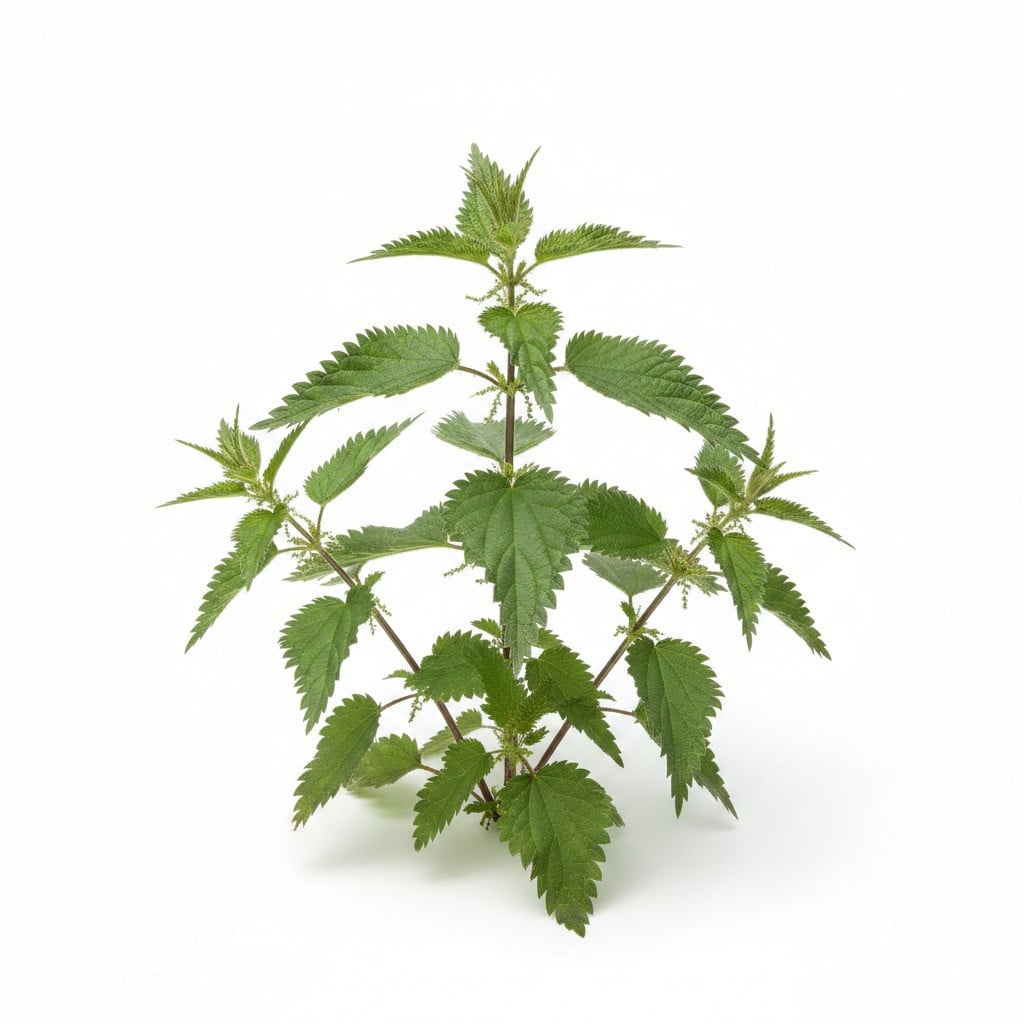Stinging nettle

Stinging nettle
Urtica
Plant family
- others -
Season Overview
Sowing
Harvest
Harvest
J
F
M
A
M
J
J
A
S
O
N
D
1ST YEAR
FOLLOWING YEARS
Details
Germination temperature
10 – 15 °C (Degrees Celsius)
Plant distance
10 cm
Row spacing
10 cm
Seeding depth
1 cm
Instructions
Description
One of the few herbs that everyone knows is this wild herb. And it is extremely useful. The seeds (little nuts) are great for sprinkling over salads and are easy to harvest. The young shoot tips (top 5 cm) are easy to fold and put in your mouth or simply add to your salad. The less tender leaves are great in a wild herb soup, for frying or dried for tea. Nettle cloth was also made from them, but is rare today. At the moment, gardeners are once again using nettle liquid manure as a fertilizer, but this should only be used with consideration for your garden neighbors due to the smell and is not necessarily the best choice on the balcony or in the city. The whole plant is also suitable as a fertilizer, as it is not only a nitrogen indicator, but also stores it and slowly releases it again as it rots. It is therefore also suitable as dried hay in the planting holes of tomatoes and other heavy eaters or as mulch. However, it is also often found wild along roadsides where dogs, cattle or others do their business (perhaps be careful with fresh consumption there). The high iron content of the plants is also interesting for women. It is an important caterpillar food plant for many butterflies, and various beetles, flies and other insects also benefit from it. Depending on the variety, they grow as annuals or perennials
Growing tips
A sunny to semi-shady location on fresh to moist, humus-rich soil is favorable, but it has not been cursed by many gardeners without reason, as almost any garden soil will do.
Companion Plants
No companion plants
Antagonistic Plants
No antagonistic plants
Diseases
No diseases
Pests
No pests